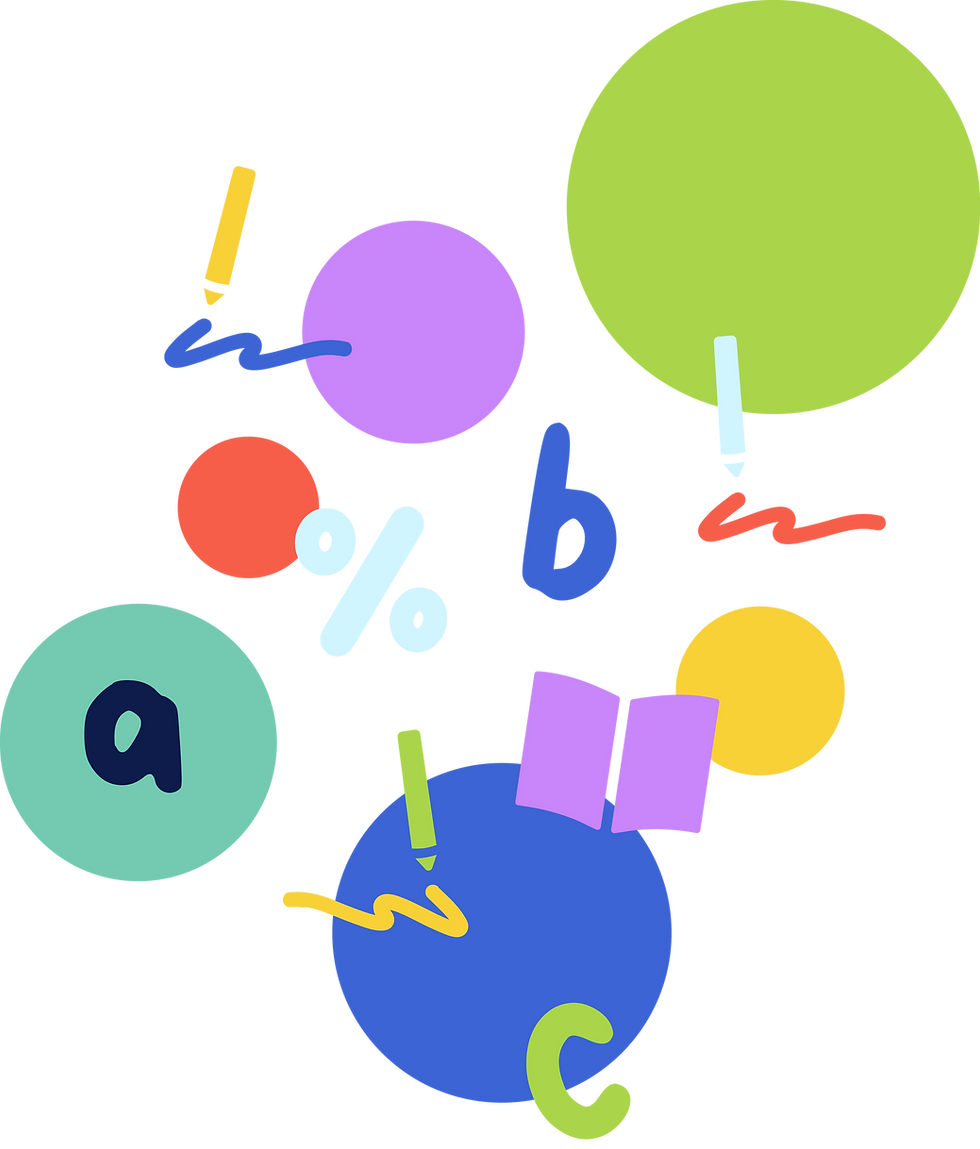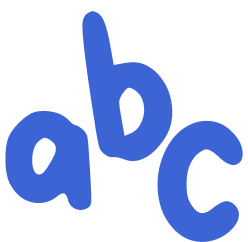
DYSLEXIA
Empowering children with dyslexia to learn and thrive.
DyslexAbility provides expert, one-on-one support to help children overcome the challenges of dyslexia and unlock their potential.



WHAT IT IS
What is dyslexia?
Dyslexia is a neurological difference that affects the way the brain processes language. It’s the most common learning difference, impacting up to 1 in 5 people.
While it can make reading, writing, and spelling more challenging, especially in traditional classroom settings, dyslexia has no connection to intelligence. In fact, many individuals with dyslexia show remarkable strengths in areas like creativity, problem-solving, and critical thinking.

WHAT TO LOOK OUT FOR
Signs of dyslexia.
Does your child experience any of the following?

Struggling to sound out words or match letters to sounds.

Slow or inaccurate reading that doesn’t match their intellectual abilities.

Difficulty organising written work or expressing ideas clearly.

Avoidance of reading or writing tasks due to frustration.
If these challenges sound familiar, your child may benefit from expert-led support tailored specifically for dyslexic learners.

THE EMOTIONS AND EXPERIENCES
Challenges faced by children with dyslexia.
For children with dyslexia, everyday tasks like reading a paragraph or spelling a word can feel overwhelming. Without the right support, these challenges can create academic, emotional, and social barriers:

Falling Behind in School:
Difficulty reading and writing affects performance across all subjects, in all year levels

Low Self-Esteem:
Repeated struggles can lead to feelings of inadequacy or fear of failure.

Frustration, Anxiety and Trauma:
The constant effort required to keep up in class can result in stress, disengagement and trauma.

Isolation:
Children with dyslexia may feel “different” or excluded from their peers.
If these challenges sound familiar, your child may benefit from expert-led support using explicit, multi-sensory, phonics instruction tailored specifically for dyslexic learners.


DYSLEXIA
How DyslexAbility can help.
At DyslexAbility, we provide tailored, one-on-one support designed specifically for children with dyslexia. Our programs are based on the renowned Barton Reading & Spelling System, which is proven to help students achieve measurable results in reading, spelling, and writing.
THE PROCESS

Our approach includes:

Confidence building
By celebrating progress and focusing on strengths, we help children rediscover their love for learning.

Evidence-based methods
The Barton Reading & Spelling System uses a structured, multi-sensory approach that’s highly effective for dyslexic learners.

Step-by-step skill development
Lessons are broken into manageable steps, ensuring mastery of each skill before moving forward.

Comprehensive assessments
We identify your child’s unique strengths and challenges to create a customised intervention plan.


BRIGHTER FUTURES
What you can expect.



Improved reading fluency and comprehension.
Greater confidence in writing and spelling.
A more positive attitude toward school and learning.
THE FACTS

Dyslexia is a difference,
not a limitation.
Misunderstandings about dyslexia often lead to stigma and missed opportunities for support. At DyslexAbility, we believe in empowering families with knowledge and breaking down myths about dyslexia:
Myth
Dyslexia means low intelligence.

Dyslexia can be outgrown.

Dyslexia is just about reading.

Fact
Dyslexia has no connection to intelligence. Many individuals with dyslexia excel in creativity, entrepreneurship, and problem-solving.

Dyslexia is a lifelong neurological difference, but with the right interventions, children can develop effective strategies to thrive.

Dyslexia affects multiple areas, including writing, spelling, memory, and sequencing.


OUR IMPACT
Success stories from lives already changed
Subscribe to Our Mailing List
Core Programs
Additional Programs
Who We Help
Success Stories
Resources
Webinars
NDIS
About
Our Partners


